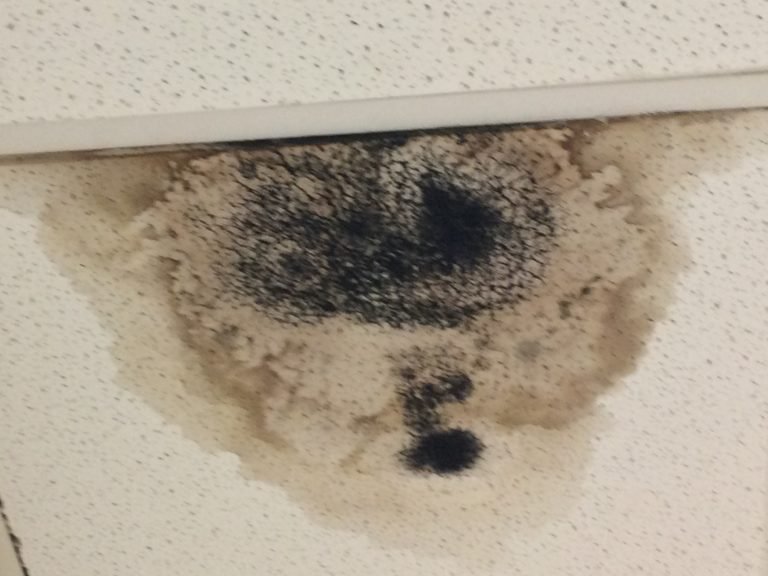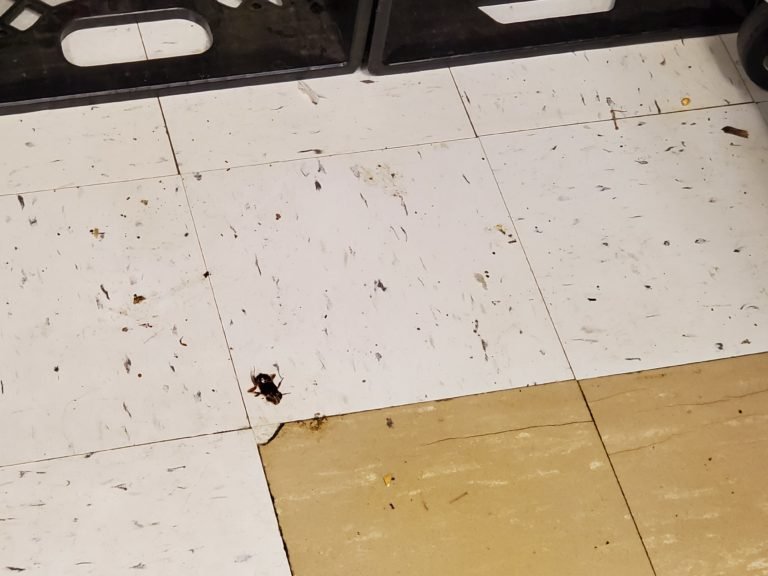Every student deserves to go to school in buildings that are safe and nurture their love of learning. Throughout the pandemic, educators have been calling for increased investment in our public school buildings. Now, Congress has a once-in-a-generation opportunity to pave the way.
But for too many other students across the country, going back to school means returning to crumbling buildings with inadequate ventilation and other problems that have been made worse from the pandemic. In fact, half our public schools are more than 50 years old, according to the National Center for Education Statistics.
Due to federal COVID relief funding, some schools, like those in Farewell, Mich., have seen new investment. Classrooms built in the 1930s and 1940s without enough electrical outlets have been rebuilt, and the High School has a new gym, says chemistry teacher and Farewell varsity volleyball coach John Pakledinaz.

Far too often these outdated schools are found in Black and brown, rural, and Indigenous communities. Pakledinaz’s district in rural Michigan still does not have air conditioning. Now is the time for Congress to invest in school modernization so they are the safest places in our communities by making improvements to ventilation, replacing lead pipes, repairing buildings, and expanding access to broadband.
In Greenburgh, NY, the top concern for students and educators is water quality. Similar to issues facing school communities across Michigan, including Flint where they face an ongoing water crisis, James Bell has taught special education for 20+ years and says that when it rains hard, buildings leak. In the cafeteria, a sink tested positive for Legionnaires’ disease. As our students return to school buildings this semester, families are relying on schools to provide healthy meals and safe learning conditions. We need to ensure that our children are able to grow and thrive.

Modernizing our schools will not only make them safer, it will create good-paying jobs in the school communities themselves. In DeKalb County, GA, the district is in high need for custodians to support the deep cleaning needs of our schools post-pandemic. While the superintendent likes to talk about routine deep cleaning, our students and educators know that the 60+ year old buildings are not all up to code, lacking proper ventilation and air purification.
Now is the time to stand behind our educators, our students and their families to ensure safety and equity in our public schools. If we have learned anything from last year, it’s that our students and educators need us to invest in them, now more than ever.
The Senate has passed a $1 trillion bi-partisan infrastructure bill and the House is set to move forward with a $3.5 trillion budget framework. This is a moment where Congress needs to act fast, and act boldly to invest in our children and their safe and healthy future. The package must include school modernization.




